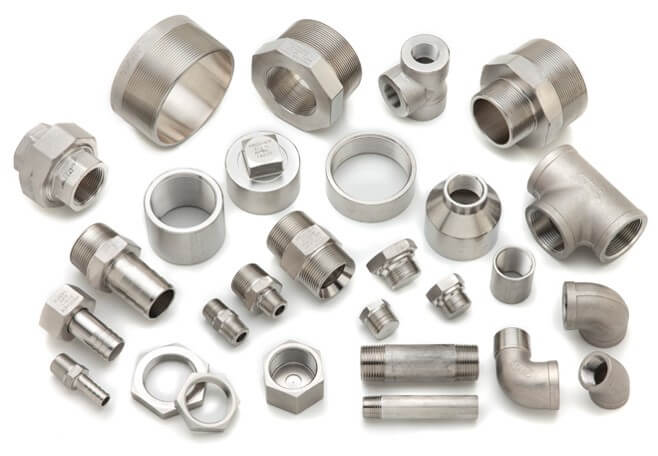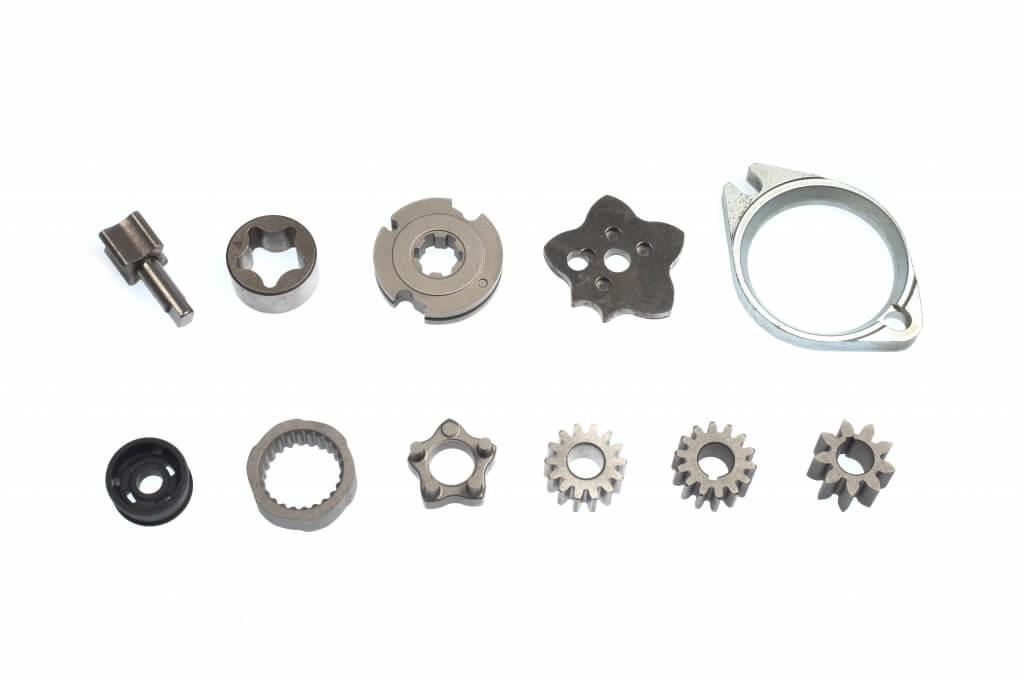The Importance of Advanced Techniques in Custom Parts Manufacturing
Custom parts manufacturing is a crucial aspect of many industries, from automotive to aerospace. These industries rely on the ability to create unique and precise components that meet their specific needs. To achieve this, manufacturers must employ advanced techniques that go beyond traditional manufacturing methods. In this article, we will explore the importance of these advanced techniques in custom parts manufacturing.
One of the primary reasons why advanced techniques are essential in custom parts manufacturing is the need for precision. Custom parts often have intricate designs and complex geometries that cannot be achieved through conventional manufacturing processes. Advanced techniques, such as computer numerical control (CNC) machining and additive manufacturing, allow manufacturers to produce parts with high accuracy and tight tolerances.
Advanced technologies in custom parts manufacturing
CNC machining is a widely used technique in custom parts manufacturing. It involves using computer-controlled machines to remove material from a workpiece and create the desired shape. This technique offers several advantages, including the ability to produce complex parts with minimal human intervention. CNC machines can follow precise instructions and repeat the same process multiple times, ensuring consistency and accuracy in the final product.
Additive manufacturing, also known as 3D printing, is another advanced technique that has revolutionized custom parts manufacturing. Unlike traditional subtractive methods, which involve removing material from a solid block, additive manufacturing builds parts layer by layer using materials such as plastic, metal, or even ceramics. This technique allows for the creation of highly intricate and customized parts that would be impossible to produce using other methods.
In addition to precision, advanced techniques in custom parts manufacturing also offer increased efficiency. Traditional manufacturing processes often involve multiple steps, such as casting, machining, and assembly, which can be time-consuming and costly. Advanced techniques, on the other hand, streamline the production process by combining multiple steps into a single operation.

For example, CNC machining can perform milling, drilling and turning operations in a single setup, reducing the time and cost associated with tool changes and setup adjustments. Likewise, additive manufacturing also eliminates the need for tools and molds, saving time and money. These efficiencies not only benefit manufacturers, but also their customers, allowing them to receive custom parts faster and at a lower cost.
Furthermore, advanced techniques in custom parts manufacturing enable greater design flexibility. Traditional manufacturing methods often impose limitations on the shapes and features that can be produced. With advanced techniques, manufacturers have more freedom to create complex geometries, internal structures, and even lightweight designs that were previously unattainable.
For example, additive manufacturing allows for the creation of parts with intricate internal channels and honeycomb structures, which can improve performance and reduce weight. This design freedom opens up new possibilities for industries such as aerospace, where lightweight components are crucial for fuel efficiency and overall performance.
In conclusion, advanced techniques play a vital role in custom parts manufacturing. They enable manufacturers to achieve the precision, efficiency, and design flexibility required to meet the unique needs of various industries. CNC machining and additive manufacturing are just two examples of these advanced techniques, but there are many others that continue to push the boundaries of what is possible in custom parts manufacturing. As technology continues to advance, we can expect even more innovative techniques to emerge, further revolutionizing the field.
